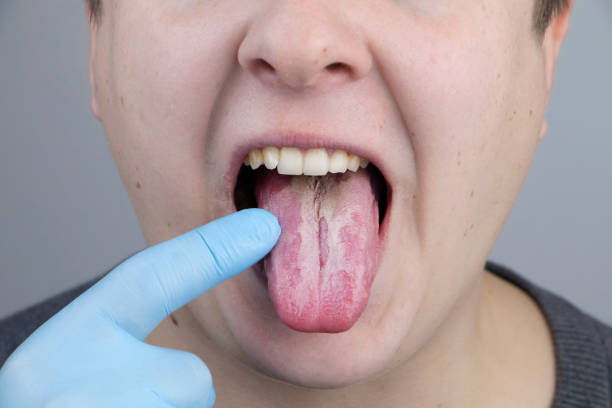Introduction
The oral microbiome with around 700 species of bacteria colonizing the soft tissues of oral mucosa and teeth is the second diverse microbiome in the human body. These naturally occurring bacteria are in a symbiotic relationship with humans and do not cause any harm instead they are beneficial. This healthy oral microbiome can get disturbed by eating habits, diet, and oral hygiene practices resulting in the growth of harmful bacteria. These harmful bacteria cause many oral, gum, and tooth diseases.
How Harmful Bacteria Appear in Mouth?
Diseases such as dental caries, plaque, gingivitis, are caused by the accumulation and overgrowth of bacteria in the mouth, on, and around teeth. These come from the food that you eat or drink. The disruption of the natural oral microbiome starts when you consume starchy or sugary foods and don’t take care of oral hygiene.
The bacteria present in the mouth normally will come in contact with the sugars (sucrose) present in foods such as juices, soft drinks, milk, bread, etc forming a sticky polysaccharide substance or biofilm that covers the surface of teeth. If not cleaned by proper brushing or flossing the bacteria keep mixing with the sugars and grow indefinitely ultimately leading to tooth decay.
Bacteria present in the mouth also convert sugars including fructose, glucose, and sucrose into acids through the fermentation process. These acids if left for a prolonged time on the tooth can cause demineralization of tooth enamel which can progress to cavities, and decay.
What Problems Can Be Caused by Oral Bacteria?
Gum diseases and tooth decay are the common results of the overgrowth of harmful bacteria in the mouth. Usually, the first symptom experienced is bad breath that indicates the bacteria lingering in the mouth or on teeth in the form of plaque or accumulated food particles. If oral hygiene is poor then these bacteria keep accumulating and growing resulting in any of the following conditions:
1. Gingivitis
It is a common oral infection and usually the earliest manifestation of bacterial overgrowth. It presents with swelling, inflammation, or bleeding gums. The bacteria accumulate in the gumline and cause inflammation of gums by toxin production.
2. Periodontal Disease
If gingivitis is not treated then it can progress to periodontal disease. When gum starts to recede then the bacterial growth spreads below the gumline into the bone and supporting structures. If the bone and surrounding supportive tissue are damaged severely it can lead to tooth loss.
3. Dental Caries (Cavities)
It is a common problem in children who eat a lot of sugary foods and don’t take care of oral hygiene. The acid produced by bacteria in the mouth attacks the enamel and leads to a small hole in the enamel. If the hotels or cavities are too deep it may extend to the inner structure of the tooth which in many cases results in tooth loss.
Conclusion
Gum and tooth problems are not uncommon. It can affect people of any age. The only way to prevent such diseases is to take care of proper oral hygiene. Brushing and flossing at least twice a day or after every meal will help to remove any trapped food particles and prevent the growth of harmful bacteria in the mouth. Avoidance of sugary foods and consumption of a healthy diet also helps in preventing gum and tooth diseases.
